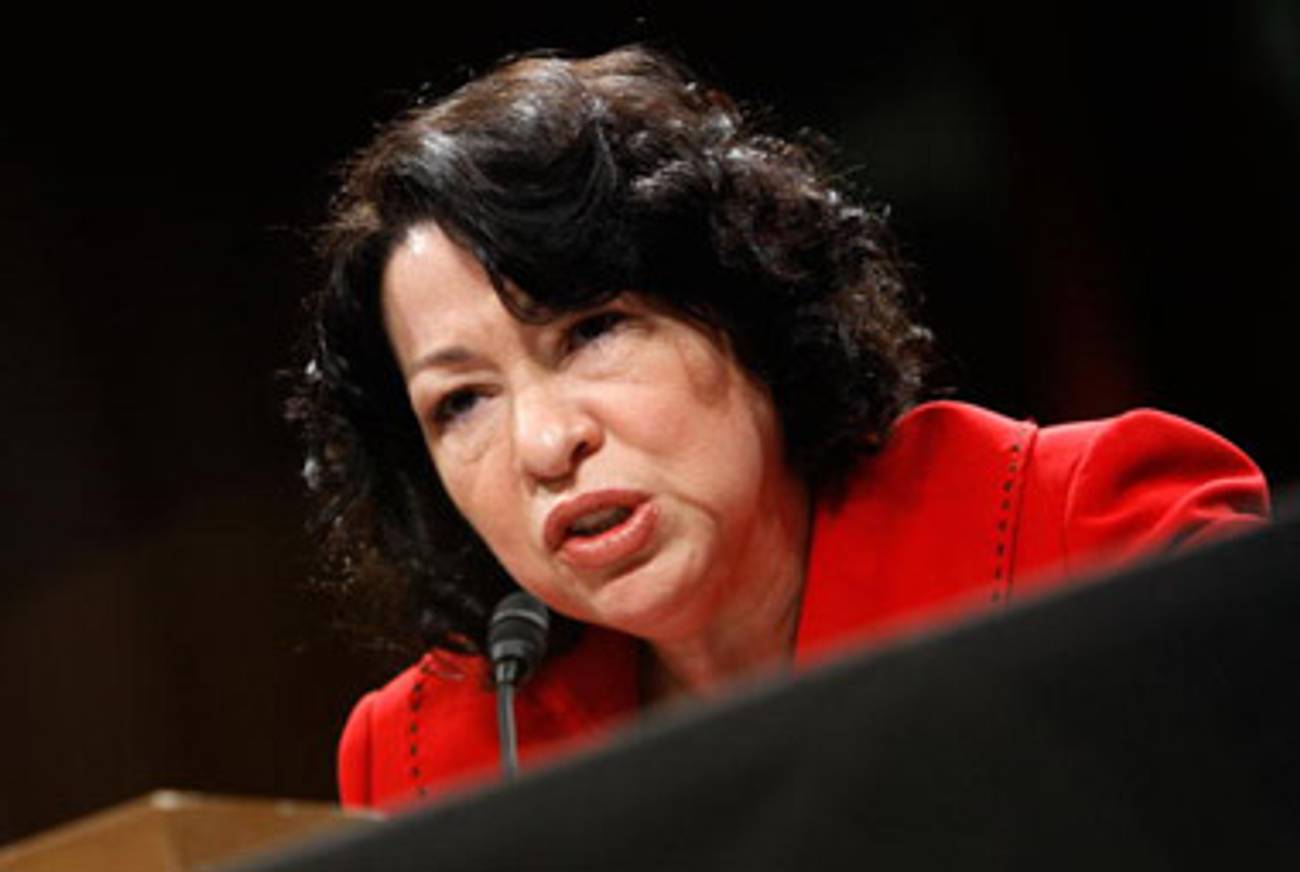Who Is First Hispanic Justice?
Sotomayor or Cardozo?




When Sonia Sotomayor was named as President Barack Obama’s first appointee to the United States Supreme Court back in May, every major newspaper declared her the first “Hispanic” justice to reside on that esteemed bench. As Sotomayor’s confirmation hearings got underway before the Senate Judiciary Committee on Monday, the New York Times again recycled a description rife with semantic complication. So did Sen. Patrick Leahy, the committee chairman, who, in opening the hearing, placed particular emphasis on Sotomayor’s background as the daughter of Puerto Rican immigrants in the Bronx and said that her appointment would be a “barrier breaker” tantamount to the appointments of Thurgood Marshall (the first black justice) or Louis Brandeis (the first Jewish justice). Properly speaking, though, why isn’t Justice Benjamin Cardozo, whose ancestry was Sephardic by way of Portugal, and who was appointed to the court by President Herbert Hoover in 1932, not considered the first Hispanic Supreme Court judge? Tablet asked Ilan Stavans, a contributing editor and the Lewis-Sebring Professor in Latin American and Latino Culture at Amherst College, to help answer this controversial demographic question.
Benjamin Cardozo isn’t considered Hispanic because he didn’t come from Mexico, Central America, or the Spanish-speaking Caribbean, the three main immigrant sources feeding this country’s largest minority. Portugal doesn’t count, nor does Spain, since the Iberian Peninsula as a whole is seen popularly as the Evil Empire. Brazilians, too, are often excluded from being part of the Hispanic/Latino category because they speak Portuguese, not Spanish, although in Miami, among other places, exceptions are made in increasing fashion to make them feel part of the whole.
Needless to say, neither Hispanic nor Latino were terms in use in Justice Cardozo’s age, so he’s neither one nor the other. But the main problem, no doubt, is his religion: he was Jewish, e.g., not a Catholic, a distinction with a major difference in the Spanish-speaking community, which tends to conflate ethnic affiliation with the majoritarian faith. I say this as a Mexican Jew, the ultimate oxymoron.
Of course, in the age of Obama, categories like these are no longer what they seem—or shouldn’t be. Obama himself is a mulatto: his father was from Kenya, his mother was white. Among recalcitrant Blacks for whom slavery is the sine qua non of the African American experience, Obama is an outsider. All of which makes me wonder if Judge Sotomayor isn’t Jewish herself. After all, she grew up in the Puerto Rican diaspora, was educated among non-Hispanics, and likes the shifting game of identities.
Ilan Stavans is the Lewis-Sebring Professor in Latin American and Latino Culture at Amherst College. He is the author of Resurrecting Hebrew (Nextbook) and, forthcoming in September, the anthology Becoming Americans: Four Centuries of Immigrant Writing (Library of America).